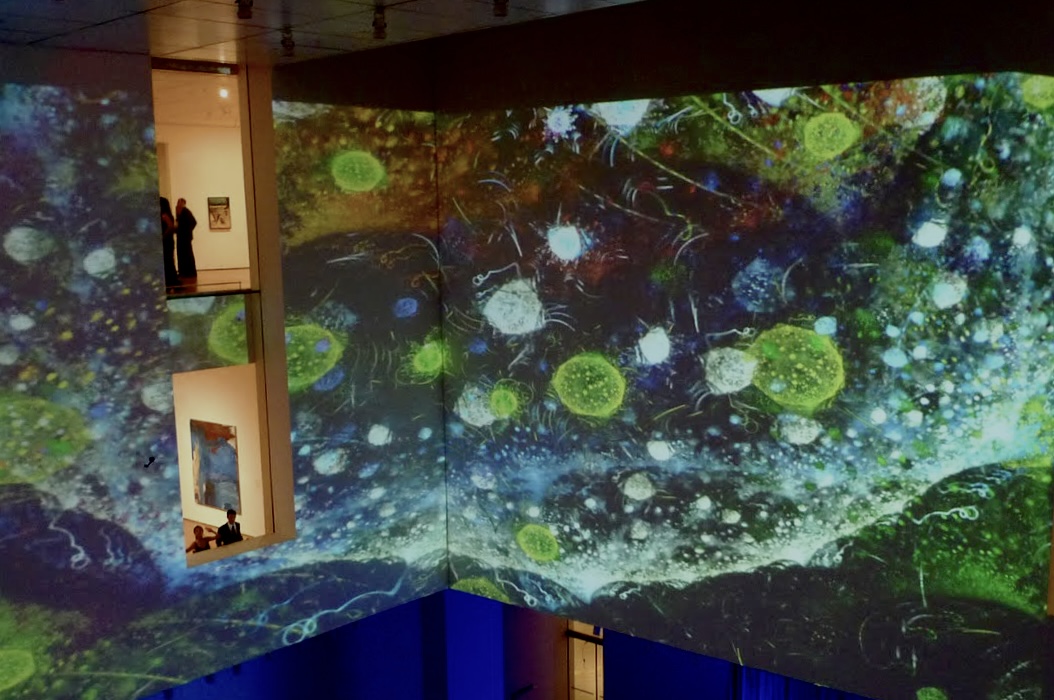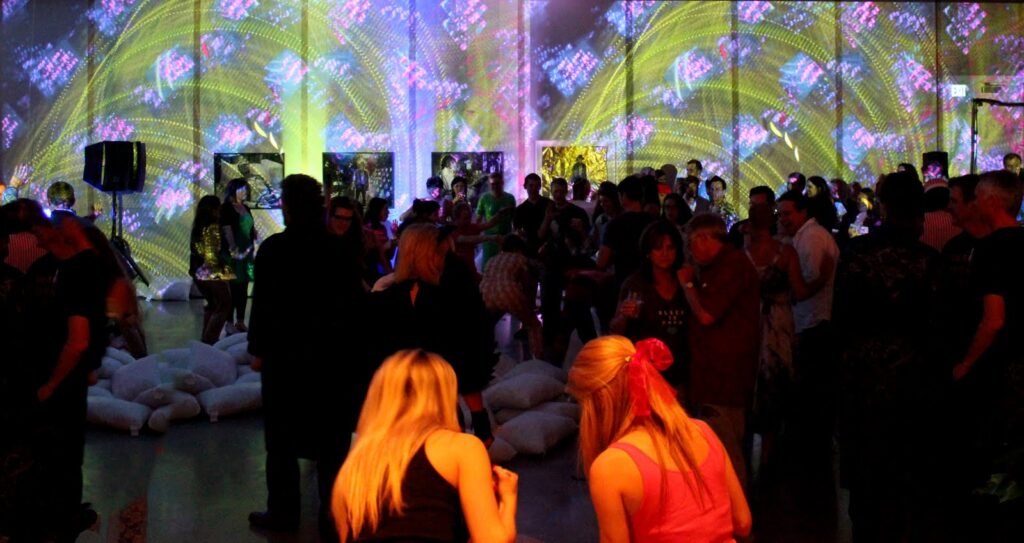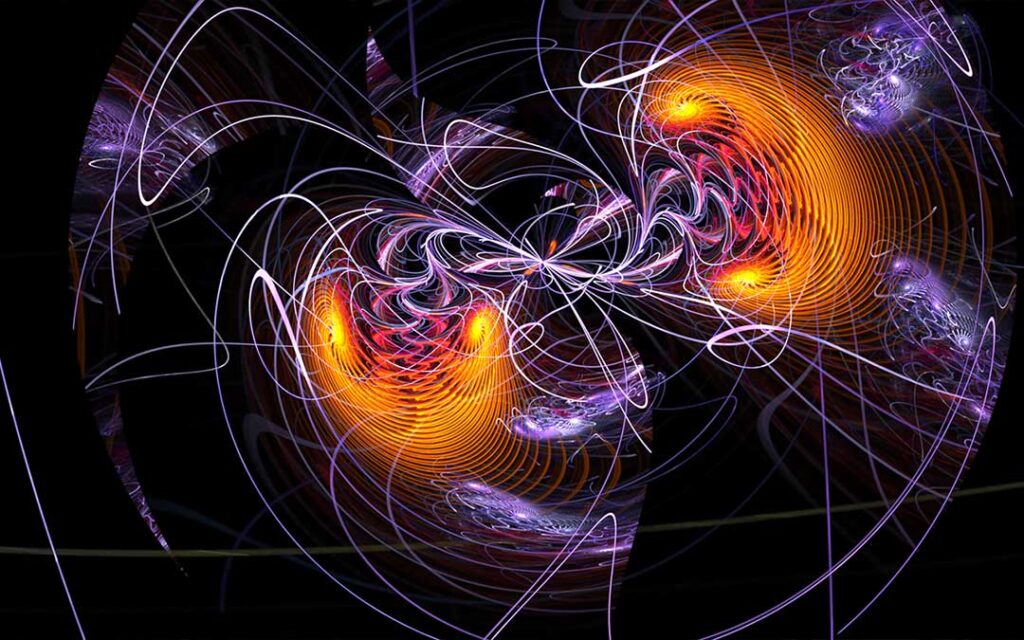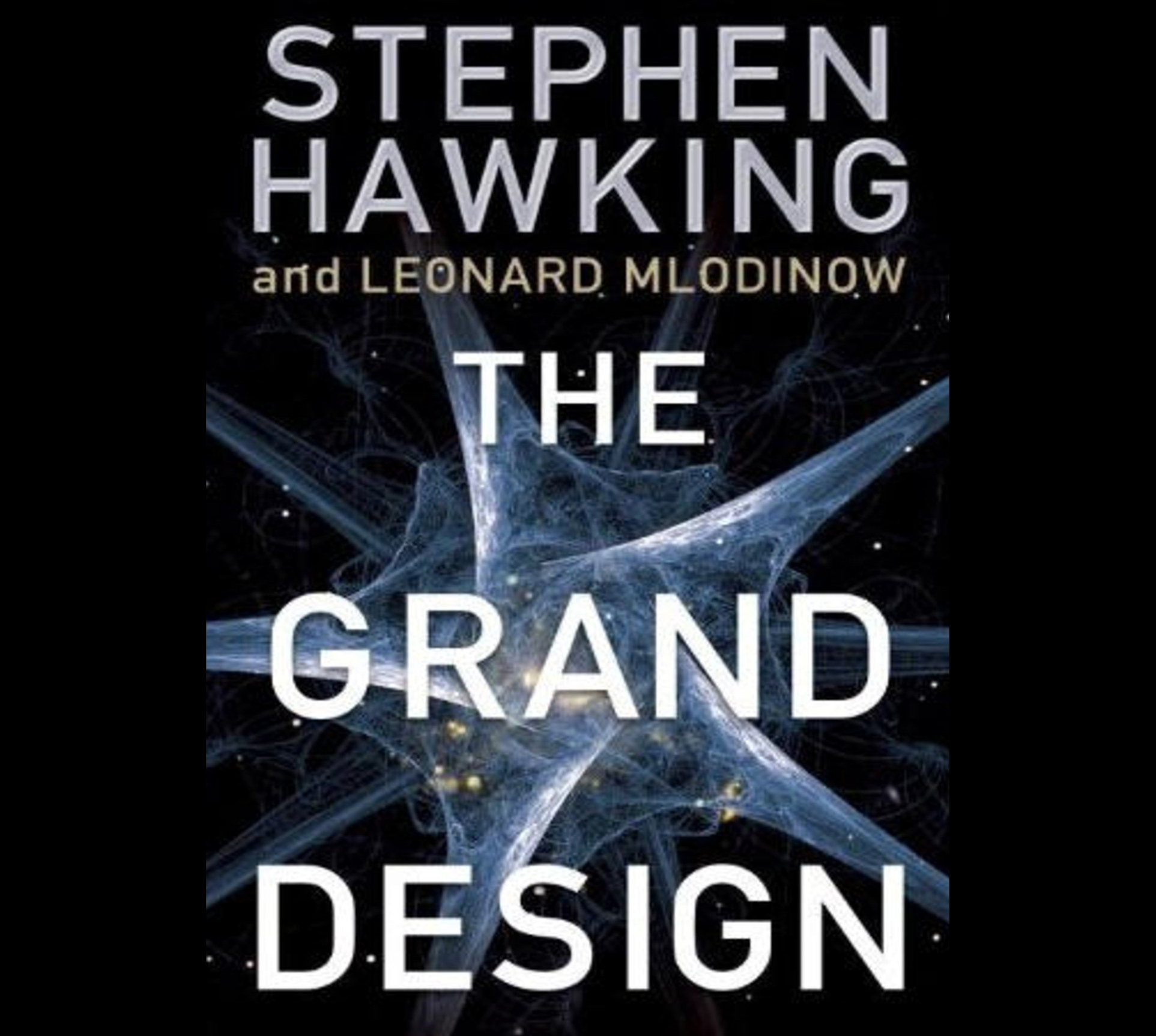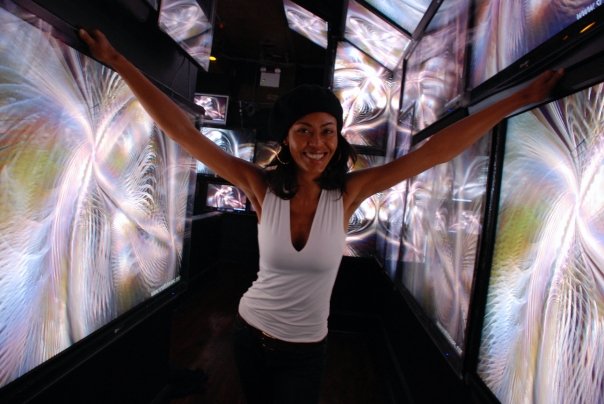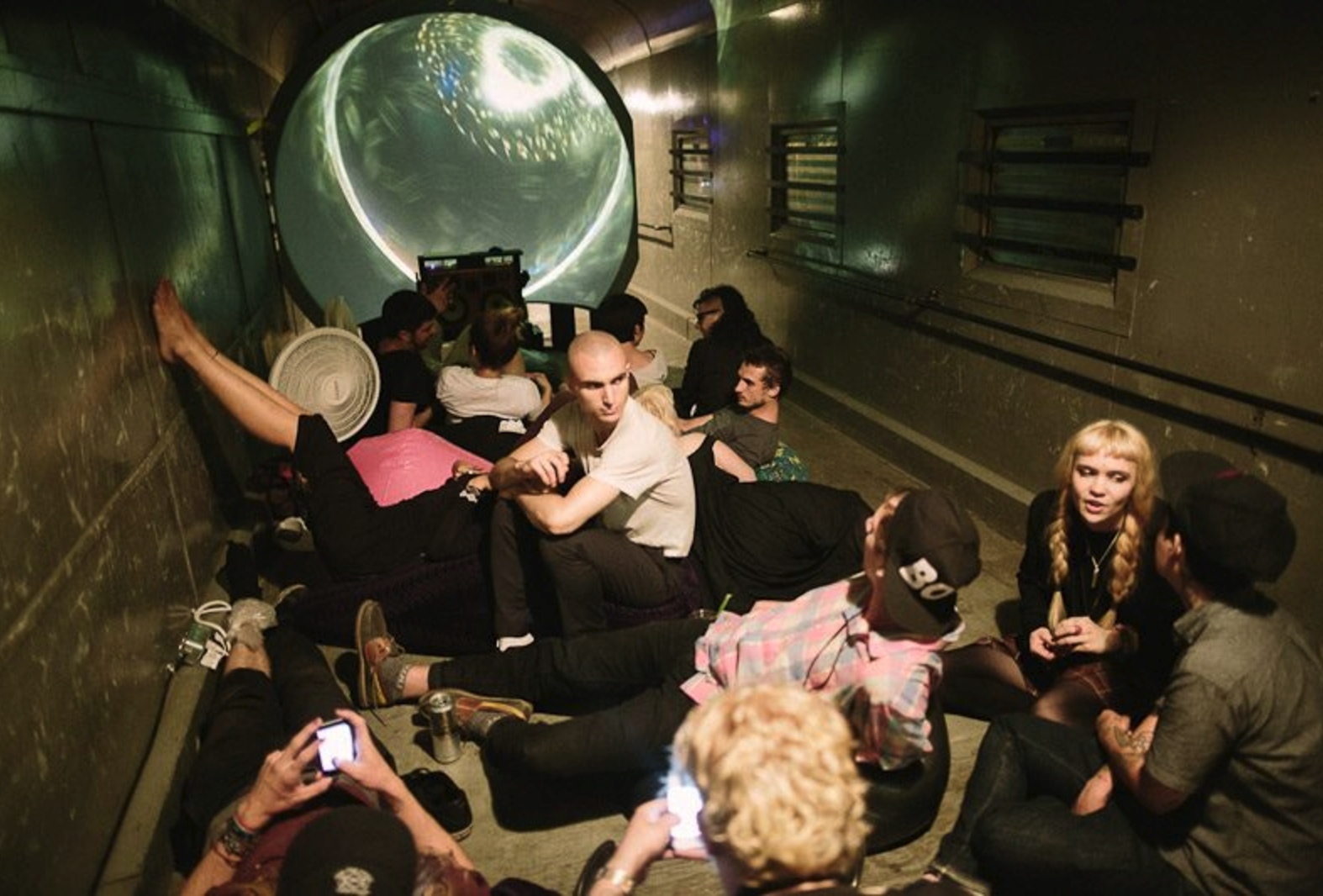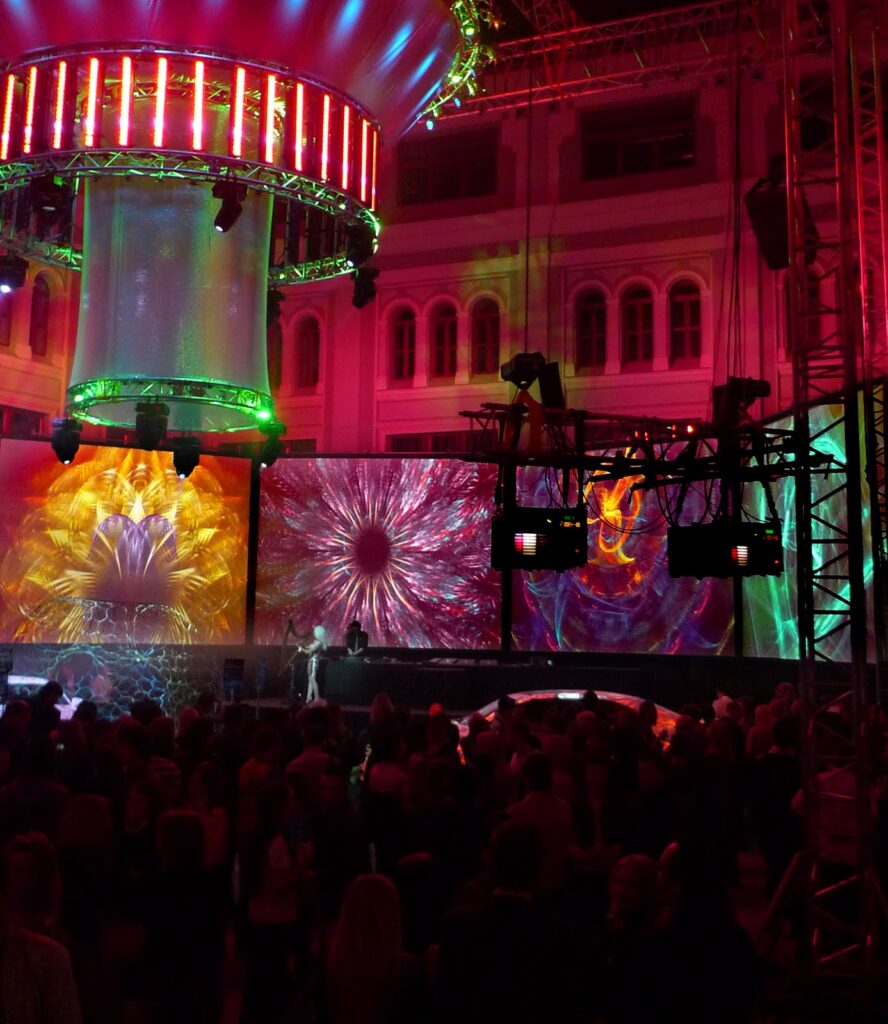Pioneering Generative Artist
Draves is best known for creating the Electric Sheep, a collective intelligence made of 450,000 computers, people, and AI generating infinite abstract animations.
He performed live as a VJ at underground dance parties in SF with his own audio-reactive synthesizer, and was the first VJ to project at the Burning Man festival in 1999. Later his shows and clients ranged from Tokyo's legendary AgeHa in 2005 to Skrillex on tour in 2012.
AI Research Engineering
Simultaneous with his artistic endeavors, Draves has a successful career in tech startups as an engineer and leader.
He had two succesful exits in SF during the dot-com boom. Then at Two Sigma in NYC he lead the BeakerX project, an extension to the open source Jupyter Notebook.
He was then Director of Engineering at CTRL-labs developing the worlds first neuromotor interface, and continued to lead the team through its acquisition by Meta Reality Labs.
He was VP of Engineering at Stability.AI, creators of the original Stable Diffusion image generating AI. And now he's founder of Infinidream, an open source AI platform.
Academic & Artistic Research
Starting in the 80s as a Brown University and later Carnegie Mellon Computer Science PhD researcher, Draves advanced techniques for metaprogramming and interactive media that now power GPU and AI programming.
In the 90s he created software artworks that won top prizes such as Prix Ars Electronica, ZKM, and Art Futura. These infinite and interactive animations went on to appear on MoMA.org, at LACMA, and are in collections including the 21c Museum Hotel and the Simons Center for Geometry and Physics.
See the complete list in his curriculum vitae.
Draves’ ‘Fuse’ project (1991-93) was hugely inspirational.
Golan Levin
If anyone can communicate that soul, he can… The magus of software art.
Arthur I. Miller
Interviews & Recognition
Learn more about what Draves says about the relationship between humans, computers, and AI-enabled creativity:
- Arthur I Miller’s “Colliding Worlds”,
- VICE interview with Julia Kaganskiy,
- Microsoft Research lecture with Peter Lee,
- Triangulation Blog with Phoenix Perry,
- PBS Off Book documentary, and the
- Stanford HAI Institute panel.
See his press page for more complete coverage, or the Wikipedia page for notable contributions.
Open Source and Popular Adoption
Draves was an early enthusiast and contributor to Open Source and the first to make Open Source art. Because his code was freely useable and improvable, his algorithms were widely adopted and became a recognizable style of their own.
His generative algorithms are widely used commercially, artistically, and by personal enthusiasts of all stripes. In addition to the Paul Simon album cover and Stephen Hawking book cover depicted below, other examples include a Super Bowl commerical by IBM, the Natalie Portman film "Annihilation," and Peter Chung's short in "The Animatrix."
Innovations
- 1991 Fuse algorithm was the first “image2image” model, now popularized by Stable Diffusion and many others.
- 1992 Flame the iconic generative algorithm.
- 1995 Bomb project was the first open source artwork, and is one of the first interactive software artworks. Used by VJs and artists worldwide.
- 1999 Electric Sheep infinite animation designed by collective intelligence that learns from its own audience.
infinite unreality… expands endlessly
Washington Post
This is where the history of AI-art-as-we-know it begins
Le Random
